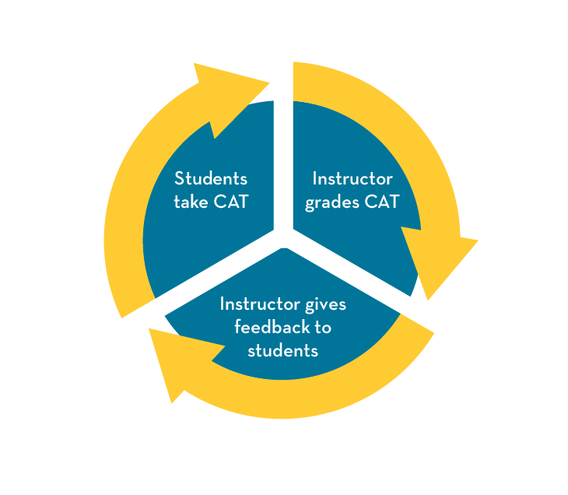In today’s digital era, online courses have emerged as powerful tools for delivering education to diverse learners across the globe. However, creating an online course that captures learners’ attention and facilitates meaningful learning experiences requires careful planning, innovative strategies, and a deep understanding of effective instructional design principles. In this article, we explore essential insights, strategies, and best practices for educators to create engaging and effective online courses that inspire learning and drive success.
Before diving into course creation, it's crucial to understand your target audience's needs, preferences, and learning styles. Conducting surveys, interviews, or analyzing demographic data can provide valuable insights into learners' backgrounds, motivations, and expectations. By understanding your audience, you can tailor course content, delivery methods, and interaction styles to align with their needs and maximize engagement.
Understanding Your Audience
Smart Learning Objectives

Clear learning objectives serve as guiding principles for course design, outlining what learners should be able to accomplish by the end of the course. When crafting learning objectives, ensure they are specific, measurable, achievable, relevant, and time-bound (SMART). Clear objectives help learners understand what to expect from the course and enable educators to design relevant content and assessments aligned with desired outcomes.It often make reference to pop culture and the latest internet jokes, allowing our readers to have a place to learn and develop a sense of community.
Designing Engaging Content

- The presentation of course content plays a crucial role in capturing learners’ interest and facilitating effective learning. Incorporate a variety of multimedia elements such as videos, animations, infographics, and interactive quizzes to cater to diverse learning styles and preferences. Additionally, break down complex concepts into digestible chunks, use storytelling techniques to make content relatable, and employ visually appealing layouts to enhance comprehension and retention.
Interactive Collaborative Engagement
Interaction and collaboration are essential components of effective online learning experiences. Incorporate interactive activities, discussion forums, group projects, and peer-to-peer assessments to promote active engagement and knowledge sharing among learners. Encourage meaningful interactions with instructors and peers through timely feedback, constructive discussions, and collaborative learning tasks, fostering a sense of community and belonging in the online classroom.
Providing Feedback and Support

Feedback plays a vital role in guiding learners’ progress and promoting continuous improvement. Offer timely and constructive feedback on assignments, assessments, and course activities to help learners gauge their understanding and address areas for growth. Additionally, provide avenues for learners to seek support, ask questions, and access additional resources to enhance their learning experience and overcome challenges effectively.
In conclusion Crafting compelling online courses requires careful planning and innovative strategies. Understanding the audience’s needs, setting clear objectives, and presenting engaging content are key elements. Encouraging interactive collaboration and providing timely feedback support effective learning. By embracing these practices, educators can create impactful online learning experiences that inspire and empower learners worldwide.


